A Somewhat Somber But Powerful Topic In Photography
Unfortunately, the history of humanity has been violent and bloody since the beginning of time. We have witnessed enough violence and enough wars, but our craving for peace is far from satisfied.
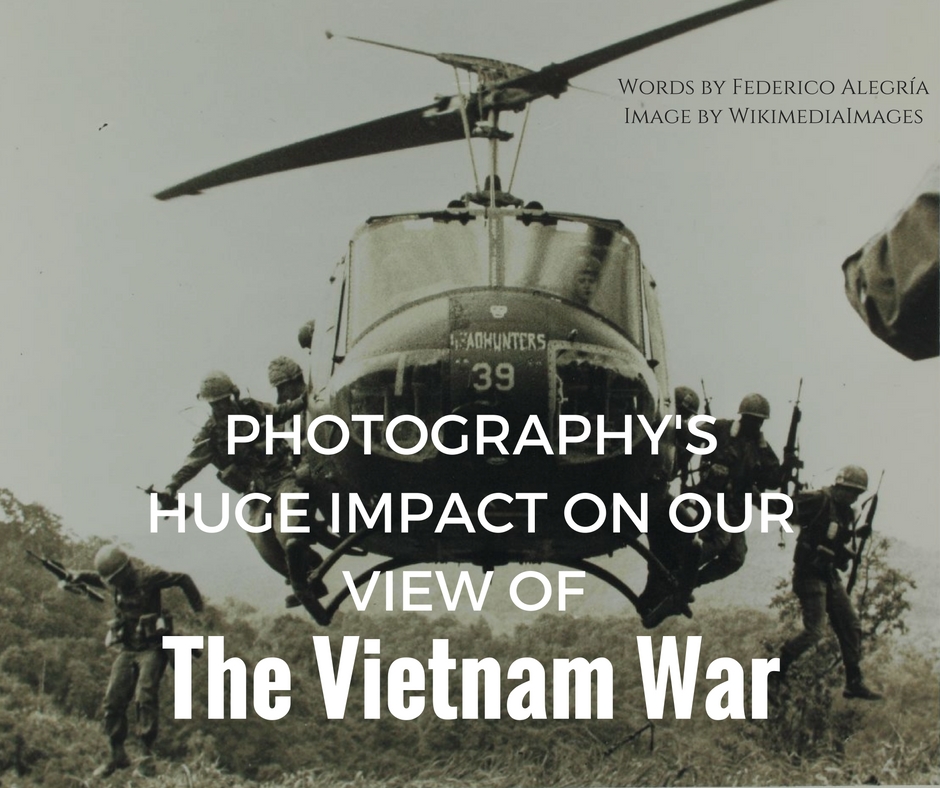
Photography During The Vietnam War
The Vietnam War was sandwiched between technological advances in many fields and the still-human presence on the battlefields. Because of this, we have plenty of images that portray terrible human situations in ways that dramatically influenced our perception of the war.
Many people opposed the war because of these images – and some of the most iconic ones were not even taken in conflict zones.
The best example of such an image is Marc Riboud's photograph known as Flower Child, which portrays a courageous young girl opposing a large and threatening group of armed men outside the Pentagon during a peaceful protest against the Vietnam War.

Still, imagery and video have been affecting our perception of many conflicts and wars over the years, and especially the Vietnam War. Due to technological advances in photography, photojournalists could venture inside battlefields without much technical trouble.
In fact, press agencies didn't train the photographers who were commissioned to cover the war. Nowadays it is different, and photojournalism has even taken a step further by training photographers via a risk-focused program that helps them evaluate risks before they enter a danger zone.
The news coverage of the Vietnam War supported the era’s widespread patriotism. The news was bold, and this fact helped people become conscious of the great struggles both parties were enduring. I believe this way of transmitting news made opposition movements stronger.
Vietnam War reportage was not just illustrated by photography, but also with video, and many people believe that this image resource made people even more conscious of the horrors of the Vietnam War in the 1960s and 1970s.
The saturation of horrifying images played an important role in shaping public opinion and awareness of the truth behind the war.
Iconic Images Of The Vietnam War
Identifying the most iconic images of the Vietnam War is hard, but there are some key images that still haunt people thanks to their raw nature.
Thích Quảng Đức self-immolation – Malcolm Browne – 1963

The self-immolation of Buddhist monk Thích Quảng Đức happened as a protest against the South Vietnamese government’s persecution of Buddhists. A violent reality that was summed up the context of the War.
Malcolm Browne was the only western photographer who managed to capture the immolation despite the notice that monks had given to the press that something big would occur within the next few days.
The Vietnamese government controlled the press, but thanks to Browne's documentation of the immolation, this tremendous act of protest saw the global light of day.
The image itself is truly an iconic image of the time.
Rough Justice on a Saigon Street – Eddie Adams – 1968
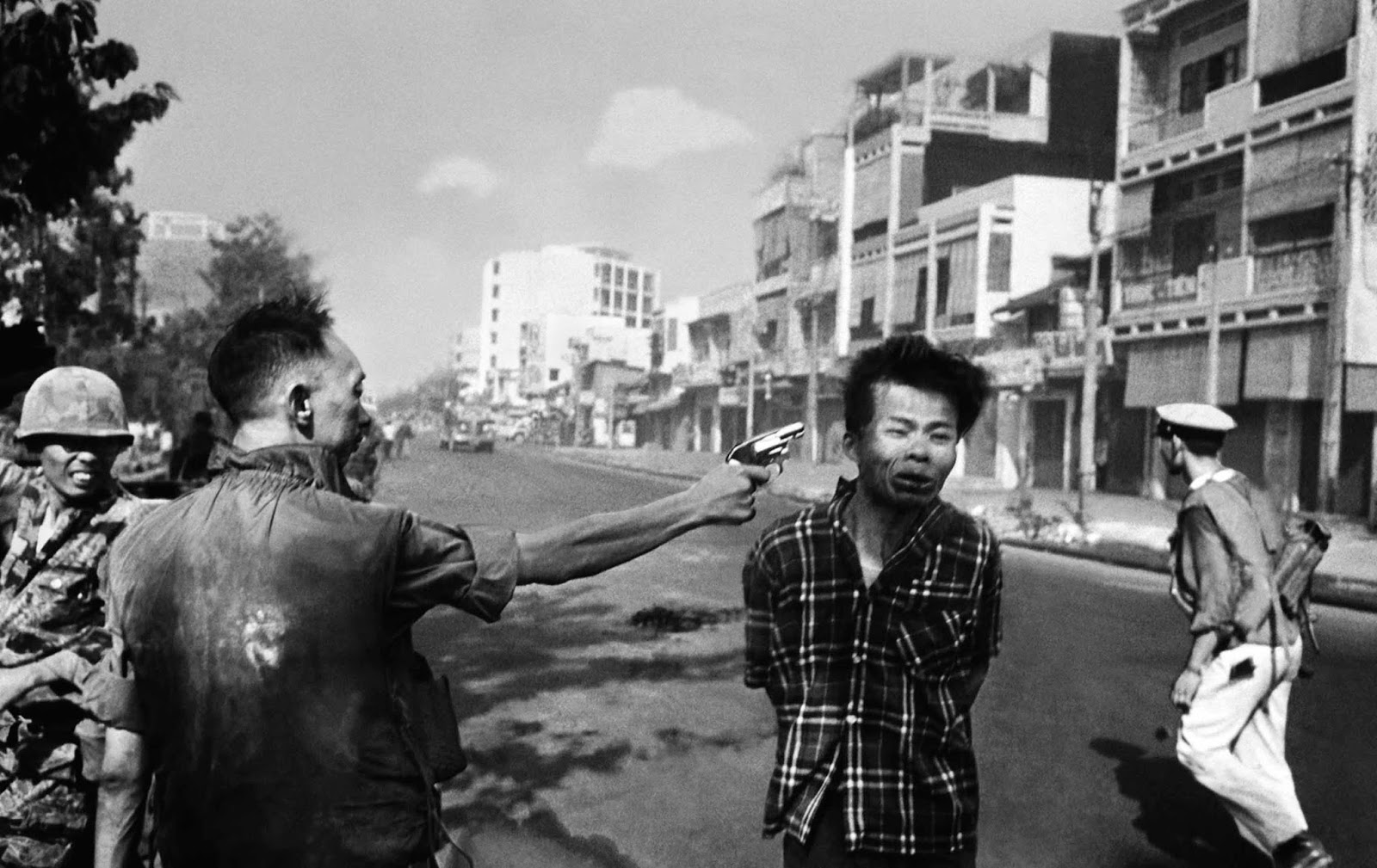
The image shows General Nguyen Ngoc Loan killing a Vietcong officer known as Nguyen Van Lem.
Due to footage that is still available even on YouTube, we know this moment happened quickly, but thanks to the quick reflexes of Eddie Adams, the still image exists – and it is more powerful than the motion films.
This image actually reflects the exact moment of death as the bullet exits Nguyen Van Lem's head.
This image was seen by the whole world,. Images like this, shown constantly, helped people form their own self-awareness about the horrors of war.
Terror of War – Huynh Cong Ut – 1972
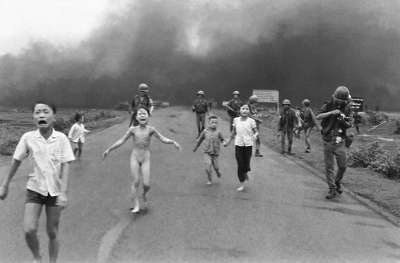
The image speaks for itself about the horrible tragedies of war. The picture features a naked 9-year-old girl, Phan Thị Kim Phúc, running toward the camera and away from a South Vietnamese napalm attack on North Vietnamese troops at Trảng Bàng village.
The body of images of the My Lai Massacre shot by Ronald Haeberle – 1968
The documentation by the press of the massacre showed people some of the estimated 425 murdered civilians, an atrocity had that remained largely out of the public eye.
Imagery
Such a vast topic must be studied in depth by the younger generations of people that didn’t experience the broadcasting of the war.
The errors of the past need to be kept alive by historians, in order to prevent the same mistakes from happening again. Here are some links that better illustrate the images that made an entire generation more aware about what was going on in this part of the world:
- https://iconicphotos.wordpress.com/?s=vietnam
- https://rarehistoricalphotos.com/?s=vietnam
- https://time.com/3841060/iconic-vietnam-war-photos/
Photography no doubt changed our perception of the Vietnam War.
Through photographic imagery, the entire world bore witness to the constant and daily endless river of blood and violence.
Nowadays the iconic images mentioned above, along with the flying Hueys and exploding Napalm fireballs, are symbols that pop immediately into our mind when we think of the Vietnam War.
Summary
Many photographers perished documenting this war. Even Robert Capa died while covering the early beginnings of the conflict, and the images that we are able to still look at are a constant reminder of the horrors humanity has endured in history.
Photography changes everything, and our perception of conflicts has changed hand-in-hand with the evolution of photographic technology.
It all started with the nineteenth-century images of the U.S. Civil War aftermaths, and with faster mediums, the possibilities of capturing war at its roughest also got bigger.
We as human beings have the responsibility to not forget all the horrors that were endured in times of war, and war photos are a constant reminder not to repeat them.
As a tool of opposition and protest, to a way to provide evidence of the cruelty of war, photography has been an important tool and weapon.
Further Resources – In addition to the above links
- Vietnam War – Wikipedia
- Vietnam: The Real War – in pictures – The Guardian (Includes photos of some photographers themselves)
- World War Two Pictures – The Mexican Suitcase by Federico Alegria
Further Learning
Here's your Black and White Image Processing.
This e-Guide will teach you everything you need to know about reaching out to monochrome and how YOU can produce those stunning impactful images you’ve only dreamt of making…





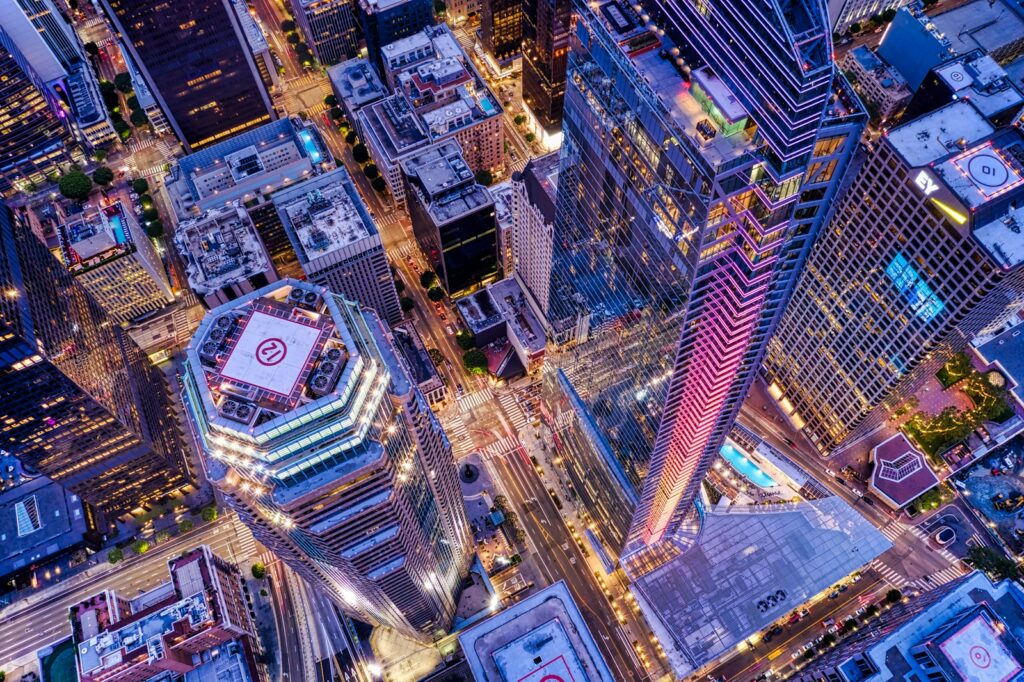
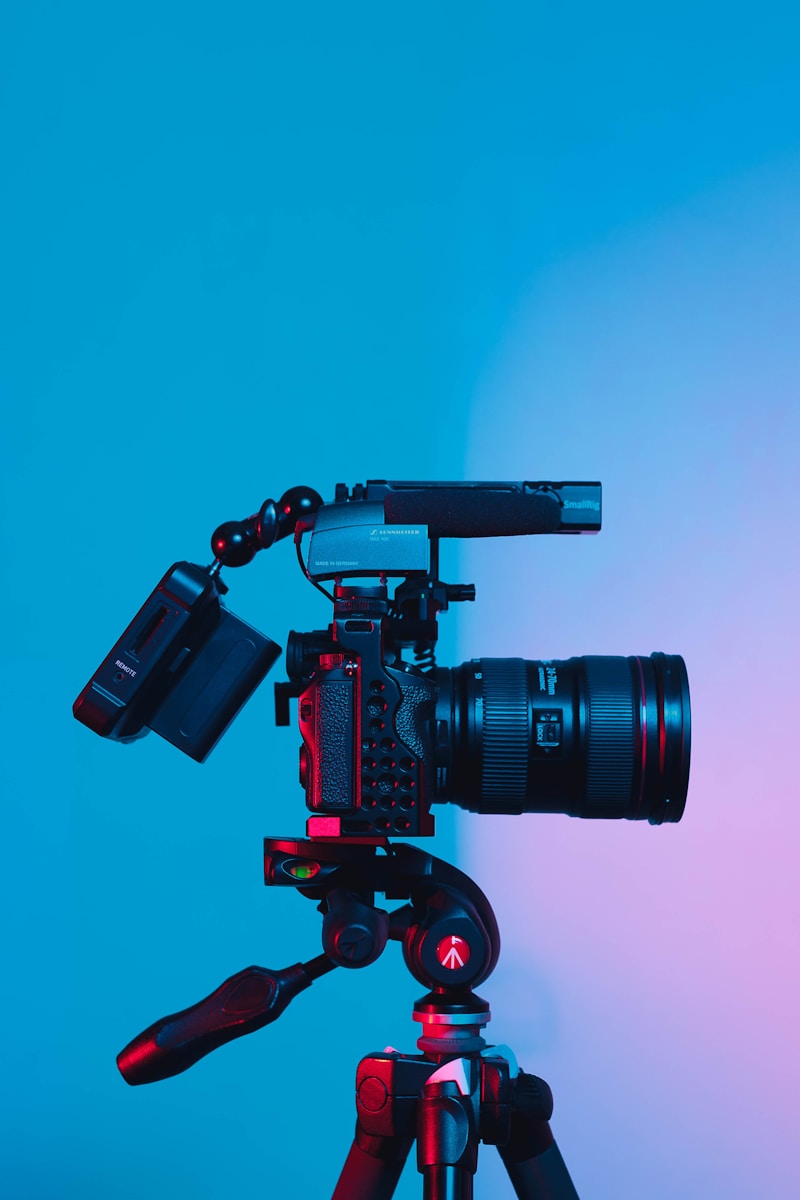
1 Comment
Very interesting article..